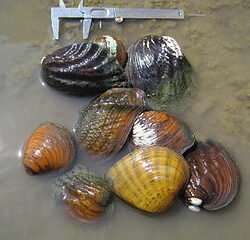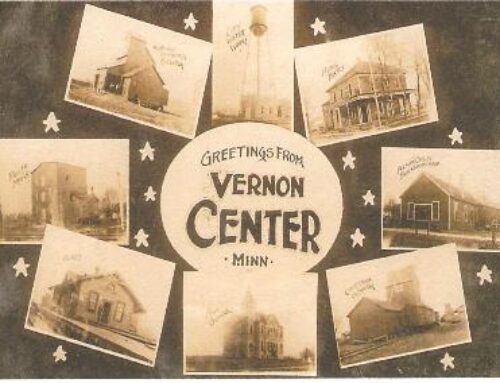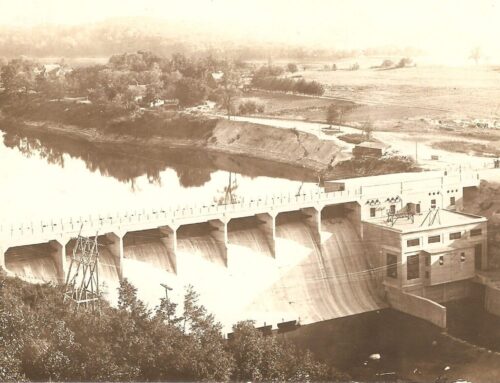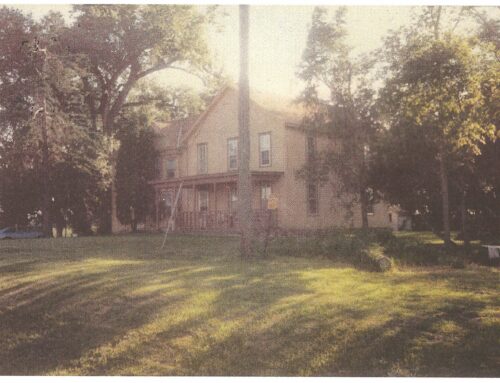 It has been a while since anyone made a living off the Minnesota River. Back in 1901, some enterprising young men went pearl hunting. This was one of the chief industries along the Minnesota River from the mouth of the Blue Earth to the west. By dragging the bottom of the stream, a large number of clams were dredged up. Some of the pearls extracted from the clams were large and well-shaped. It took a lot of work, but early on people found pearl hunting could be used as a means to gain a livelihood
It has been a while since anyone made a living off the Minnesota River. Back in 1901, some enterprising young men went pearl hunting. This was one of the chief industries along the Minnesota River from the mouth of the Blue Earth to the west. By dragging the bottom of the stream, a large number of clams were dredged up. Some of the pearls extracted from the clams were large and well-shaped. It took a lot of work, but early on people found pearl hunting could be used as a means to gain a livelihood
The clam industry prospered in Judson after World War I. It was small but did have commercial value. The stream was unpolluted then and many species of clams existed in teeming numbers. Whether fried, roasted, or boiled, the eating of clams was unpalatable so clam seekers threw them to the turtles and catfish. Two Goodell brothers built a large, wide, and deep, flat-bottomed scow to hold their catch. They fashioned 10-foot clamming bars with multiple triple hooks that were dragged over the river bottom. The hooks were made of heavy gauge wire and not sharp. A rope harness raised and lowered the hooks. Clams rest on the river bottom with their shells partly open. When the hooks dragged just above the bottom, they caught the shell which promptly closed. When the scow was loaded with clams, it returned to the river bank where a stock tank held river water and was balanced over a fire. The clams were pitched into the hot water. The clam then lost its muscular strength and the shell opened.
Each clam was checked for pearl formations of various sizes and shapes. A few perfect pearls were found. The rest were called slugs. At the end of the season the pile of clamshells was so huge it was hauled to railroad cars with a destination of Muscatine, Iowa where pearl buttons were stamped out of the shells in a button factory.
Today, we understand what the expression means, “Clam up”!
By Georgia “Jo” Schultz







Leave A Comment